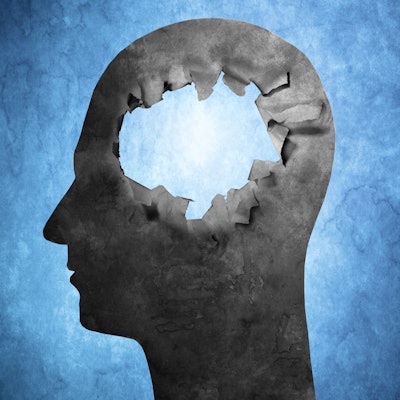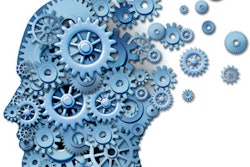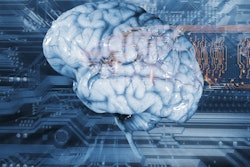
Researchers used an online image analysis algorithm called volBrain with MRI scans to develop a computerized model that shows how Alzheimer's disease changes the human brain, according to a study by researchers from France and Spain published on 8 March in Scientific Reports.
The group used volBrain to analyze MRI scans from 2,944 healthy control individuals between the ages of 9 months and 94 years. The algorithm helped the researchers develop a normal model for how the average brain ages over time.
They then used the algorithm to analyze MRI scans from 1,385 Alzheimer's patients older than age 55, as well as 1,877 young control subjects. The results helped them develop a model that shows how Alzheimer's pathology affected the brain on MRI.
The model indicated a variance in the aging of the hippocampus that began before age 40 and in the aging of the amygdala that began around age 40. Both areas of the brain are known to be heavily affected by Alzheimer's disease.
The volBrain models also demonstrated early enlargement in the lateral ventricle of patients with the disease, according to the researchers. However, this enlargement also occurs as part of the normal aging process, which limits the usefulness of the model in older individuals. The finding reaffirms the usefulness of studying biomarkers across an entire life span, the group noted.
VolBrain was developed by researchers from the French National Center for Scientific Research (CNRS), the University of Bordeaux, and the University of Valencia. Available as a free service, investigators around the world are able to upload structural MRI files to a website and obtain automatic analysis of brain structure volumes. More than 110,000 brain MRIs have been analyzed for more than 2,500 users worldwide since volBrain became available in 2015.



















